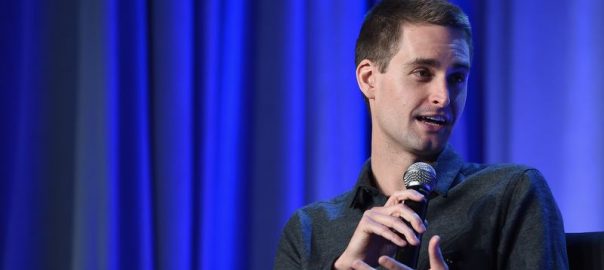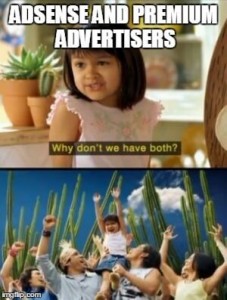Snapchat’s latest ad push opens the mobile video space for everyone
by Frank Sinton Jun 20, 2016

Snapchat just took the next logical — and very big — step in a months-long process of becoming a “grown-up” social media site when it announced that it would open its platform to select third-party advertisers and ad-tech companies for the first time.
It’s a transformative move for the young mobile-video giant. But it’s also important for the rest of the digital-content industry, brands and their ad-tech partners.
A much broader Snapchat is opening to the entire digital-advertising industry, at a time when Facebook is pulling back operations within its very large walled garden.
It likely is the first stage of a much broader Snapchat opening to the entire digital-advertising industry, at a time when Facebook is pulling back operations within its very large walled garden. Snapchat and, to a lesser extent, Twitter are providing brands and publishers options that Facebook no longer wants to make available.
EMarketer projects that Snapchat will surpass Twitter and Pinterest in size this year, though it won’t catch Facebook’s Messenger app, headed to a nine-figure user base by 2020.
Facebook also has two other of the five biggest mobile apps (Instagram and WhatsApp), and recently moved to control most aspects of the ad stack, shutting FBX and most of LiveRail, essentially preventing third-party companies from participating in programmatic there.
Facebook and its apps aren’t going anywhere. But given Facebook’s recent approach, both Snapchat and Twitter are creating much-needed alternatives. They’re opening their platforms to third-party providers such as TubeMogul, making programmatic an option for at least some outsiders, even as Facebook makes it more difficult.
Snapchat is giving marketers, publishers and digital influencers a chance to make money on a platform not owned by Facebook or Google.
If you don’t think that matters, consider Facebook’s recent decision to push livestreaming. That major shift in the News Feed algorithm came at a significant cost for brands and publishers posting other kinds of content. Analytics firms estimate that engagement for non-video content from big publishers dropped more than 30 percent. Brands and publishers literally can’t afford to be completely at the mercy of the next Facebook priority shift.
Snapchat is moving carefully with these announcements, trying to ensure it doesn’t alienate audiences with ads woven into their video feeds. But make no mistake: Snapchat is giving marketers, publishers and digital influencers a chance to make money on a platform not owned by Facebook or Google.
Snapchat is building an independent platform for the long haul, generating a broader array of ad revenue and creating a new ecosystem that can benefit everyone, especially those who don’t want to depend solely on the two giants as internet usage evolves toward mobile and video. Snapchat’s (and Twitter’s) move will further drive ad dollars into the mobile video space and, importantly, offer their partners a different way to get those ads to audiences.
Regardless of whether any particular third-party ad-tech company or creator is part of Snapchat’s initial announcement, in the long term, we all win with more options.
I expect that as Snapchat has more time, experience and comfort with online advertising, the company will further open up its partner lists, and further grow what should become a giant ad-backed platform for digital video. Then we can all benefit more directly. In the meantime, at least we’re heading in a promising new direction.
Frank Sinton is the CEO of Beachfront Media, a video supply platform that empowers publishers with holistic video distribution and video SSP technology stack. Previously, he worked for Sony Pictures Entertainment as executive director of architecture. Reach him @fsinton.
(40)
Report Post








